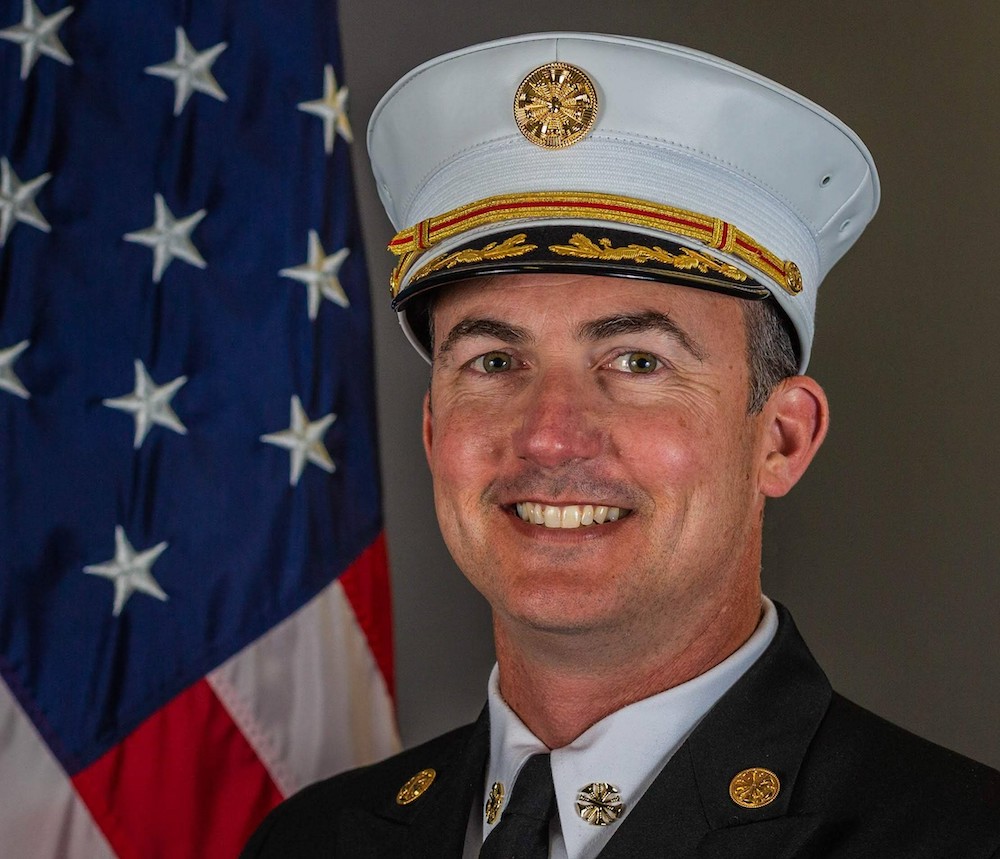Many Piedmonters vividly remember the 1991 Tunnel Fire in the Oakland hills, which killed 25 people and destroyed more than 2,500 homes. While Piedmont escaped the devastation twenty-six years ago, the threat remains today, even more present now because of climate change, which has made wildfires more frequent and destructive than before.
As your Fire Chief, I strive daily to ensure our City government is poised to protect this community in a disaster. But I also know that in an emergency, the best efforts of public agencies alone will not be enough. Our community needs to prepare, too. Today, I ask every Piedmonter to take three simple steps to be more ready for a wildfire.
#1: Know how to get information
First, make sure we can reach you in a disaster. If you aren’t yet registered for AC Alert emergency notifications, sign up now. Piedmont and Alameda County public safety officials will use AC Alert to send evacuation warnings and orders in a fire, earthquake, or other emergency. Visit acalert.org or text your zip code to 888-777 now to register.
I also encourage everyone to bookmark community.zonehaven.com on your computer and phone. In a wildfire, emergency responders will use this site to post real-time, location-specific evacuation instructions and updates.
#2: Have a go-bag ready
The next thing everyone should do is pack or refresh a “go-bag.” In a wildfire, you could have only moments to leave. Everyone in your household should have a go-bag ready with the items they’d need if they had to evacuate, like a map, cash, and a paper list of phone numbers for essential contacts. Make sure your go-bag is light enough to carry in case you need to leave your vehicle and evacuate on foot – a real possibility in a disaster.
#3: Identify and practice evacuation routes
Finally, think about what routes you would use to evacuate in a fire. Identify two routes away from your home by car and two by foot. Mark them on the map you keep in your go-bag. For driving routes, focus on main roads that connect with major streets and highways. Bigger roads with more capacity are less likely to get blocked during an evacuation.
I encourage everyone to review and practice your evacuation routes with your household, carrying your go-bags with you. Regular practice ensures everyone will know what to do in an emergency, when you must act quickly.
